Three Counties railway station is a disused railway station in Arlesey in Bedfordshire, England. It served the southern environs of Arlesey. These included the Three Counties Lunatic Asylum, which was finally subsequently known as the Fairfield Hospital. The station was north of Hitchin on the “London-Peterborough” line. It opened in 1866, and closed to passengers in 1959.
The station was opened by the Great Northern Railway (GNR) on 1 April 1866, originally being named Arlesey Siding taking the name of the nearby Brtickworks. On 1 July 1886, the station was renamed Three Counties, taking its new name from the nearby Three Counties Asylum, which itself was so named because it was a joint project of three counties – Hertfordshire, Bedfordshire and Huntingdonshire.
The GNR became part of the London and North Eastern Railway during the Grouping of 1923. The station then passed on to the Eastern Region of British Railways on nationalisation in 1948.
The station was closed to passengers, together with the adjacent Arlesey station, on 5 January 1959 and goods on 28 November 1960. This was due to declining receipts. Arlesey, however, later re-opened.
I remember going on a day trip to Skegness from here , I could have been no more than 7 , I remember being scared crossing the slats of wood on the footbridge as there were gaps between them and you could see the ground.We we went in the ticket office that was built on legs my brother Roger Lombari jumped up and down on the wooden floorboards making them move.We we got on the train a neighbour and family from Lynton Ave was also going to Skegness.Len Houghton.I remember all the scenes out of the window flashing by as the steam train hit top speed.This could have been my first time on steam train.
Serious train crash at Arlesey 1877
TERRIBLE RAILWAY ACCIDENT.
[From the Daily News. Dec. 25.] An accident, almost as serious in its results as that of Abbots Ripton, on tho same line, in the early part of this year, occurred at the Arlesey Siding station, four miles north of Hitchin, on the Great Northern Railway, on Saturday afternoon,December 23rd, at a quarter to 4 o’clock. It has been ascertained that five persons have been killed,and that about 25 have been more or less injured.The Great Northern Company, as usual at this busy season, increased on Saturday the numbor of their trains running north. The 2’45 p.m. express for the Manchester service was divided into three, to keep the number of carriages to 15 in each,whilst the 3 o’clock train for Leeds and that portion of the north was divided into two. The accident happened to the first portion of the 2.43 pm approx,consisting of 13 carriages and two boxes, propelled by one of the company’s powerful eight wheeled engines, fitted with vacuum breaks. The train was well filled, mostly with holiday-seekers, and its started punctually to time. It speed was that ordinarily attained by express trains, about 40 miles an hour, and nothing was amiss until it reached Arlesey, where the accident occurred. The distant signal, which could be seen for a mile on approaching the station, was at danger, as was also the home signal further on. At the Arlesey siding, on the up-line, were two up-trains-one of coal and the other of goods. It being necessary to shunt one of them out of the way, in order to allow the other to proceed, the one which it was intended to shunt had crossed the down line, and waa going into a siding on that side. In the act of shunting, two of the waggons jumped on the cross-over road, and fouled and blocked the down line. The signals were exhibited at danger during the operation of shunting, but not with standing that, the express came rattling on, and crashed into the goods train, causing a terrible accident, the death of five persons, and injury to some 25 others.It appears that when the driver and stoker saw the goods trucks across the line, they became aware of the imminent danger in which the train was, and that, instead of waiting the result, John Smith, the stoker, jumped when at a distance of 100 yards south of the signal-box, and, falling on his head,was instantly killed, his neck being dislocated in the fall. The driver remained on the engine, doing his best to decrease the velocity in which the train was travelling, when he too, became terrified, and leaping, in the same manner as tho stoker, from the footboard, fell on the near side of tho line, and was so terribly mutilated that death in his case,too, must have been instantaneous. The engine then crashed into the waggons, and several of the foremost carriages were smashed to atoms, and a scone too horrible to contemplate ensued. The engine broke away from tho tender, but did not, as is generally the case, turn over. As may be imagined, the greatest terror prevailed, and, for several minutes, nothing but shrieks and screams for help were heard, while, as if to add to the horror of the scene, the atmosphere was filled with clouds of steam and smoke from the engine. All the passengers who were not injured, or slightly injured , left their carriages as they remained on the rails,and many of them, with great presence of mind,made their way to the head of the train, from where the most heart-rending cries for help were coming. For a moment they stood appalled at the work of destruction. Tho tender had mounted the bogie wheels of the engine, and in the place of the first three or four carriages nothing but a confused heap of wood and iron remained. All the occupants of those carriages were buried in the debri, and many of thom were endeavouring to extricate themselves as best they could ; and others were passive, being too badly injured, or too firmly fixed amidst the broken mass to make any attempt to save their lives, whilst three-two women and a man-when found had breathed their last. Amongst the passengers in the train was Mr. S. Monk, one of the company’s assistant-inspectors’, who escaped by a miracle. Crawling from beneath the broken carnages he rescued his little son, who was travelling with him, and then proceeded to render what aid he could to the sufferers, Ho saw at once tho extent of tho danger, having been in two railway accidents previously, am i know the value of self-preservation in cases of such great emergency. A great number of the passengers had surrounded the signal-box, and were making their way into it for tho purpose of having telegraphic messages sent to their friends, when Mr. Monk courageously stood by for them, and protected the man on duty whilst he ‘telegraphed to Hitchin and London for assistance, and gave instructions for all, on-coming trains to be stopped. To his forethought the calamity, dire as it was, was confined to the wreckage of the two trains and the comparatively small amount of bodily injury that was caused.
The spot where the accident occurred is four miles from Hitchin, and five from Biggleswade .Arlesey is noted for its manufacture of perforated bricks, now so much used in building. For the purpose of giving facilities to the trade the siding was constructed ; then other businesses were established, and in course of time a number of houses have grown up around thom. Shefford road, tho station for the village of Arlesey, is distant five miles. Amongst the servants of the company the opinion prevails that the driver and stoker lost their lives through their precipitancy. Had they remained at their position the engine, their lives would not in all probability have been sacrificed, or at least they might have escaped with a severe shaking. Pepper was one of the best conducted men the company have ever had. He had been in their service for 25 years, and was a careful and experienced driver.
A thrilling story is told of Monk and his son’s escape. In his own words, his narrative is as follows ¡-” I was going down to Billingborough, accompanied by my fíttln son, a lad of 15, for the purpose of spending our Christmas holidays, Everything went well with our train until we reached Arlesey. We were in a second-class carriage in the ceuti e,and I was just beginning to doze,when I heard a smash,and almost instantly the glass in the windows cracked, and the carriage began to vibrate, There were seven passengers besides myself.and in the twinkling of an eye the floor gave way, and the seats fell from under us-in fact, the entire carriage, as though it were no stronger than a matchbox, split entirely into pieces. All of us fell through on to the ballast,over which we were dragged a few feet. Seeing an opening, I crawled out, terribly alarmed. My first impulse was to rescue my child. Happily I was able to seize him, and drag him from beneath the broken mass. Neither of us was hurt, the only injury I received being a scratch across my right wrist and hand. All the other passengers crawled out, I believe, the same way, uninjured. Seeing what had occurred,I ran to thc signal-box,and looked at the signals. Many persons followed me,and I did my utmost to prevent them entering the box, and so interfering with the man on duty. They wanted to send telegrams to their friends, but it was necessary first to stop the trains, and so prevent any further calamity. Having seen that all necessary telegrams had been despatched, I hastened to the wreck, and superintended the rescue of two bodies-that of Mr.Michael and a female whoso name I do not know.
Many of the passengers escaped from the train by getting out through the windows. Three or four carriages were piled up, and it was from this rft’Ará that the injured mostly were taken. A surgeon who was a passenger rendered early and most efficient aid,and obtaining a number of bandages, whence I do not know, he bound up broken limbs and sprains,and worked with an assiduity rarely witnessed.
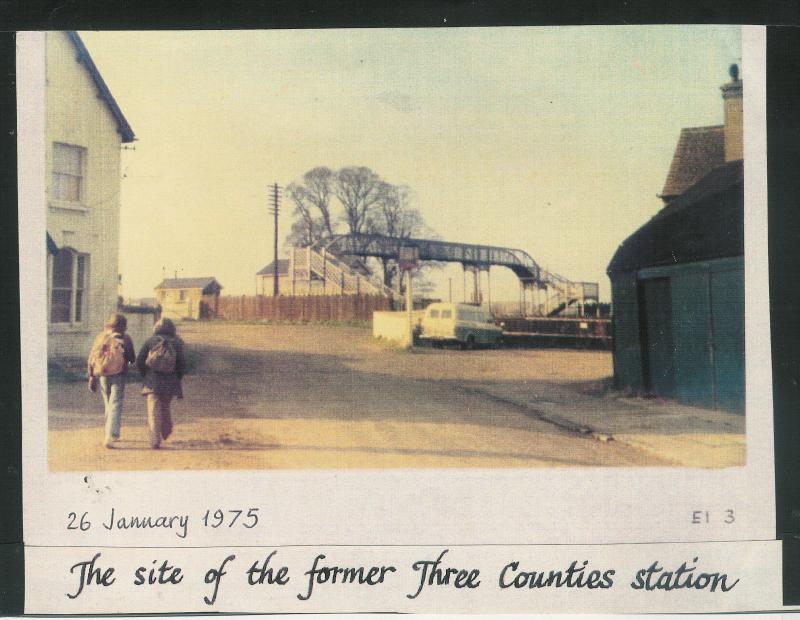
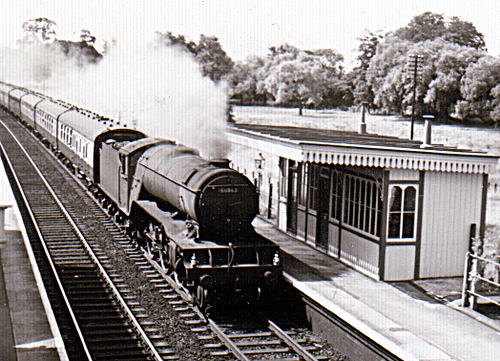

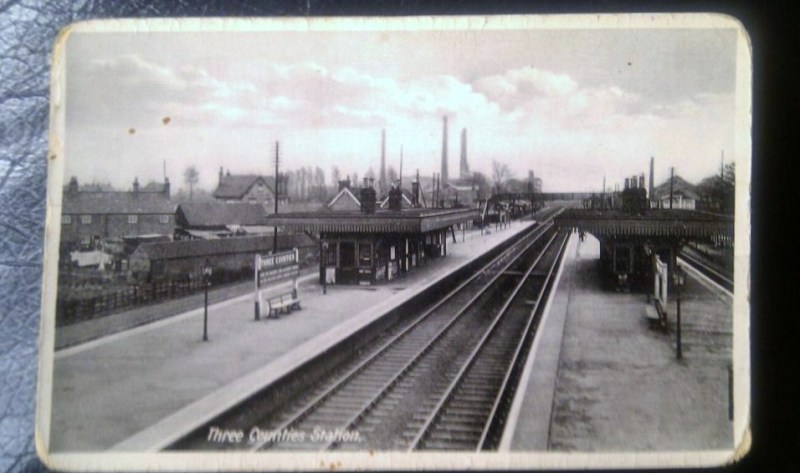

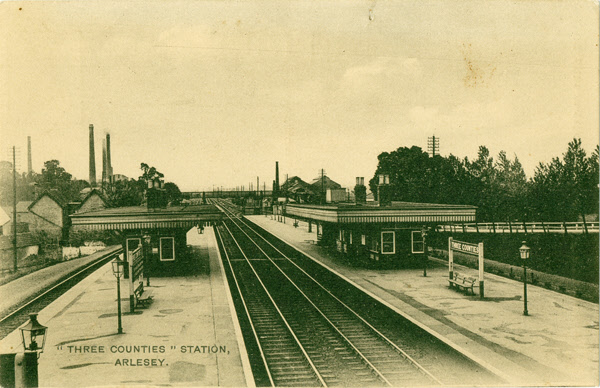

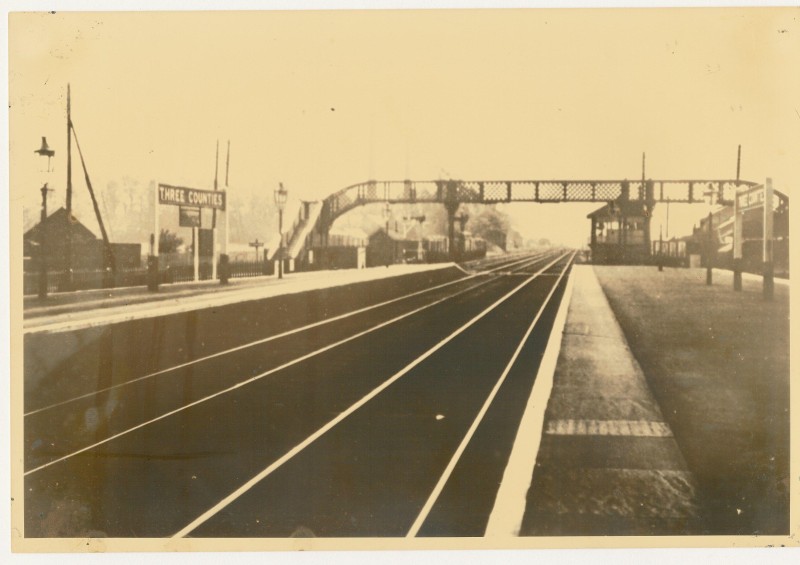
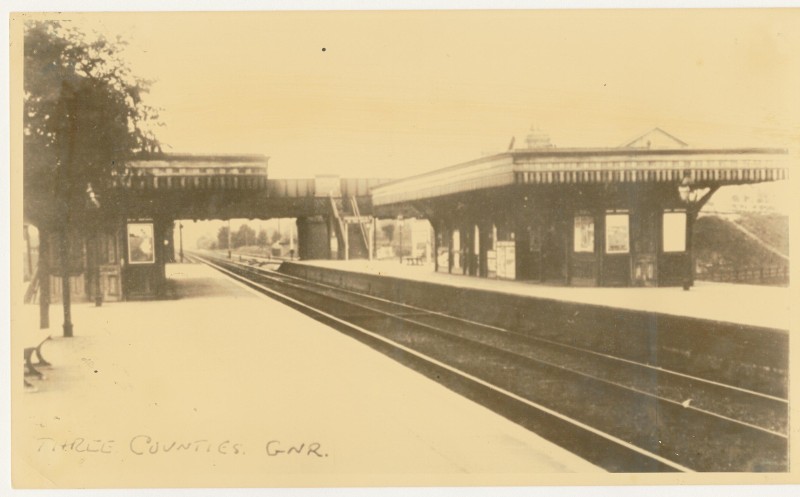
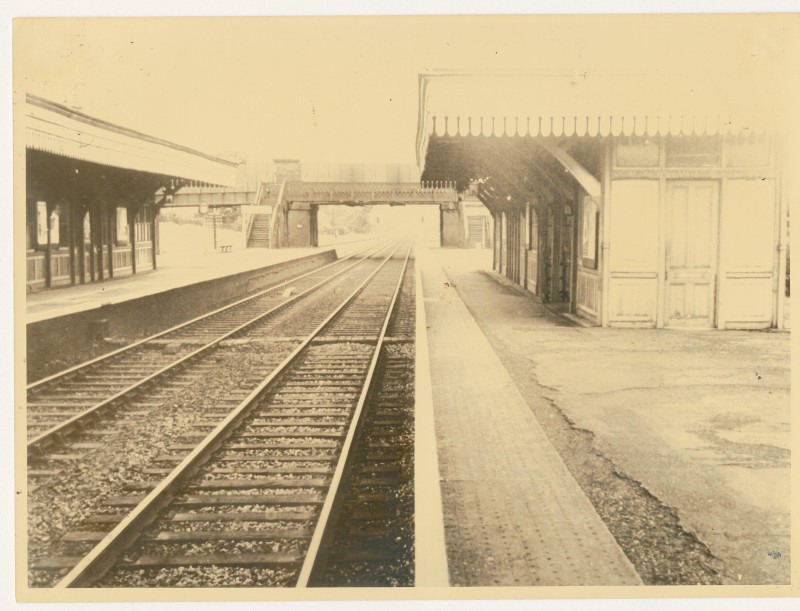
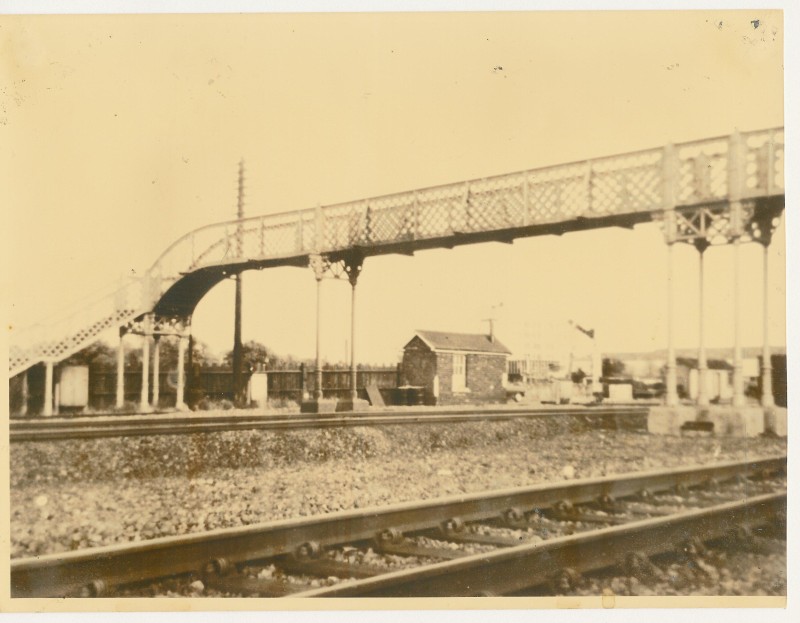
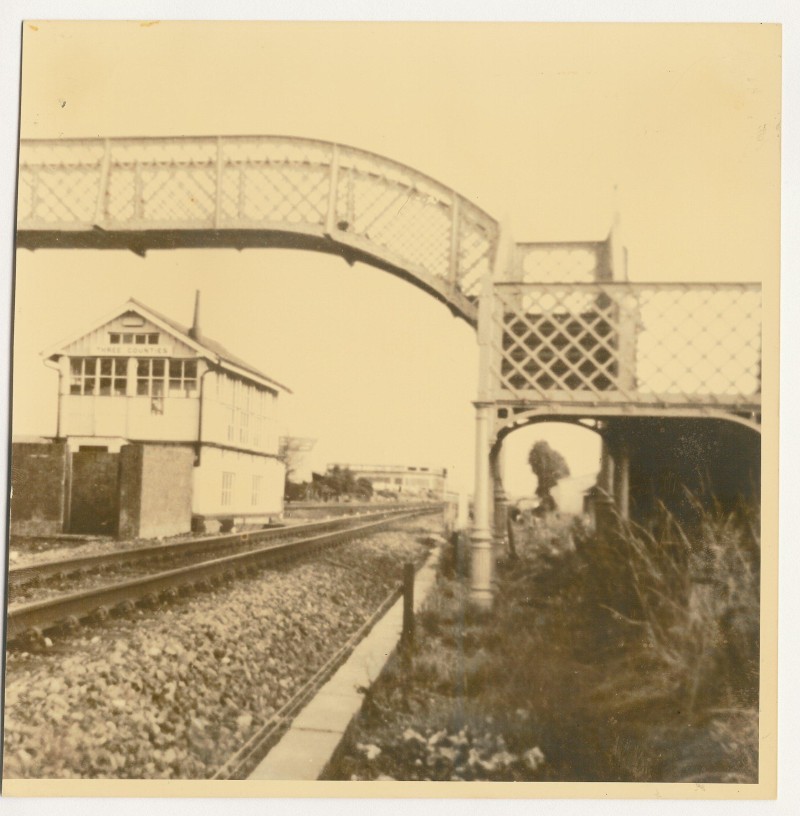
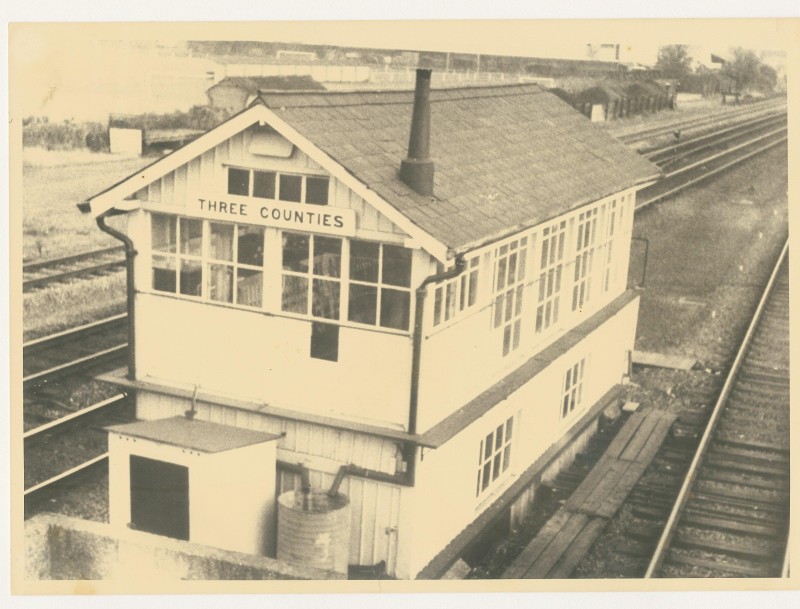
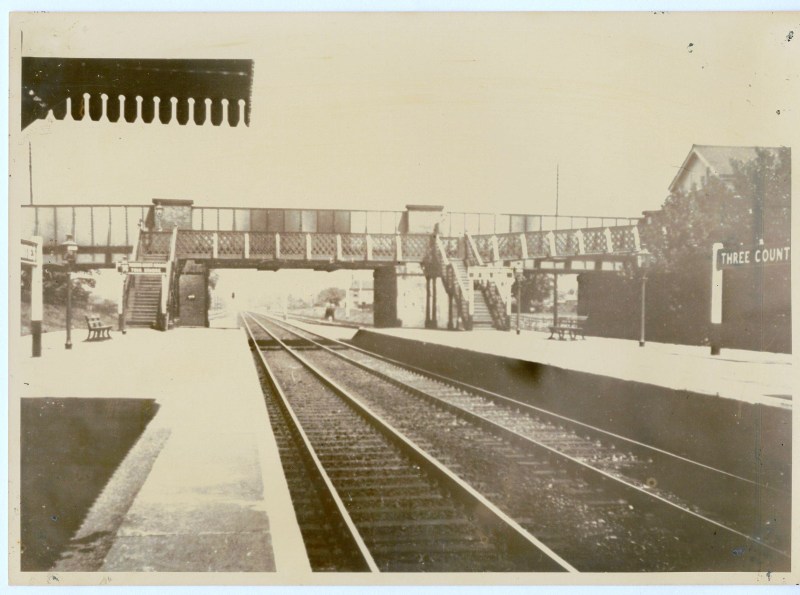
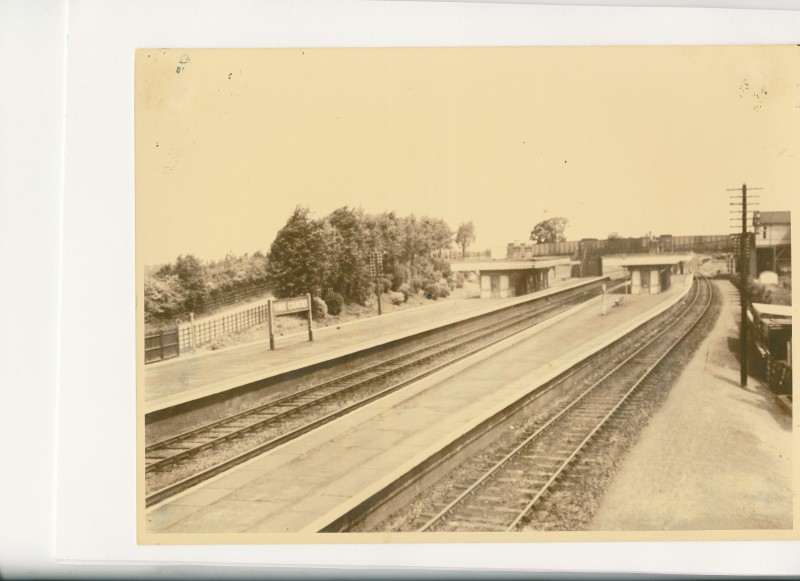
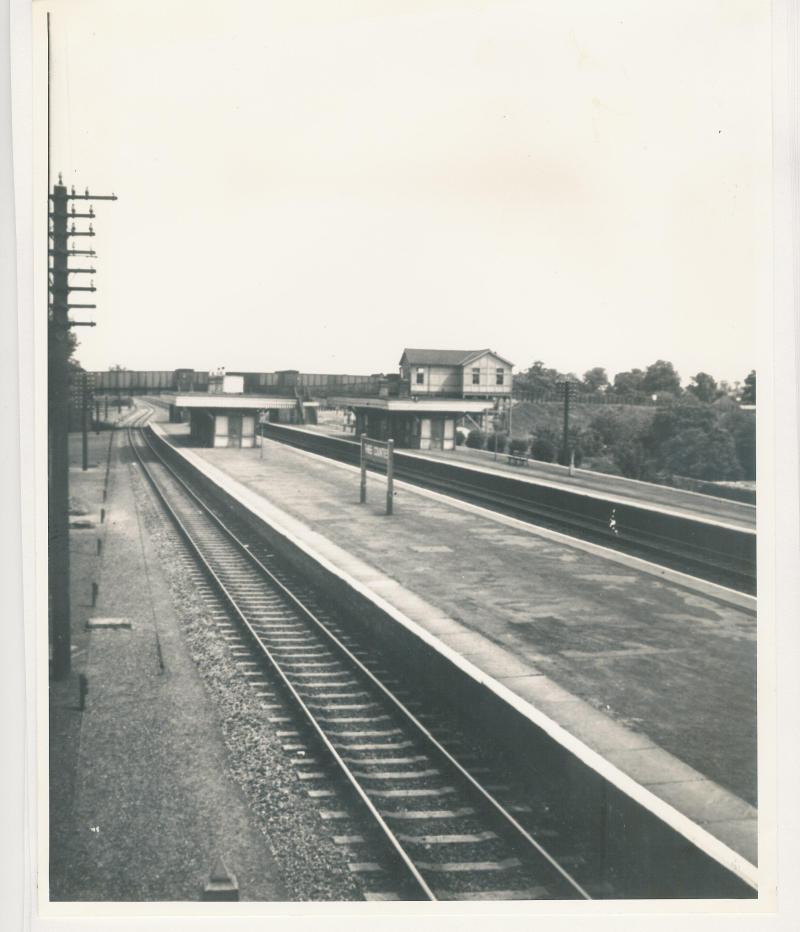
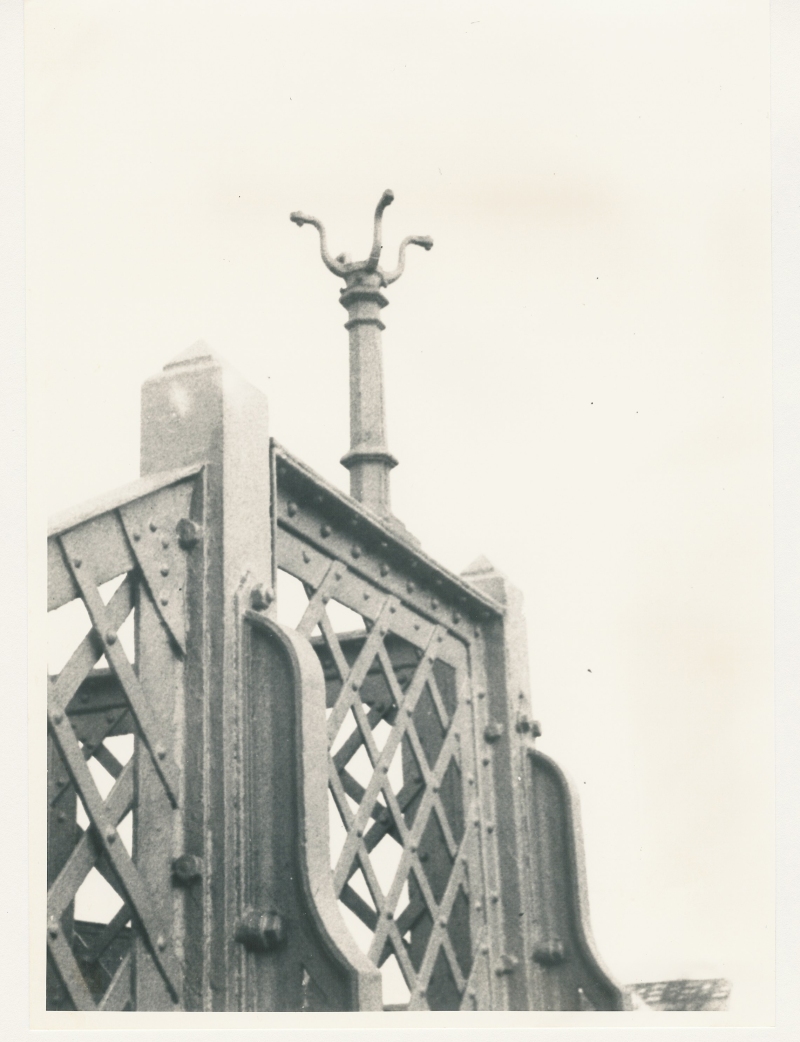
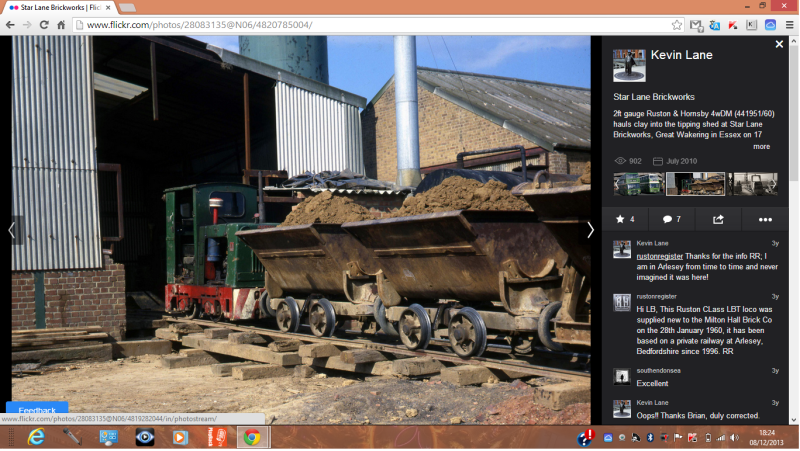

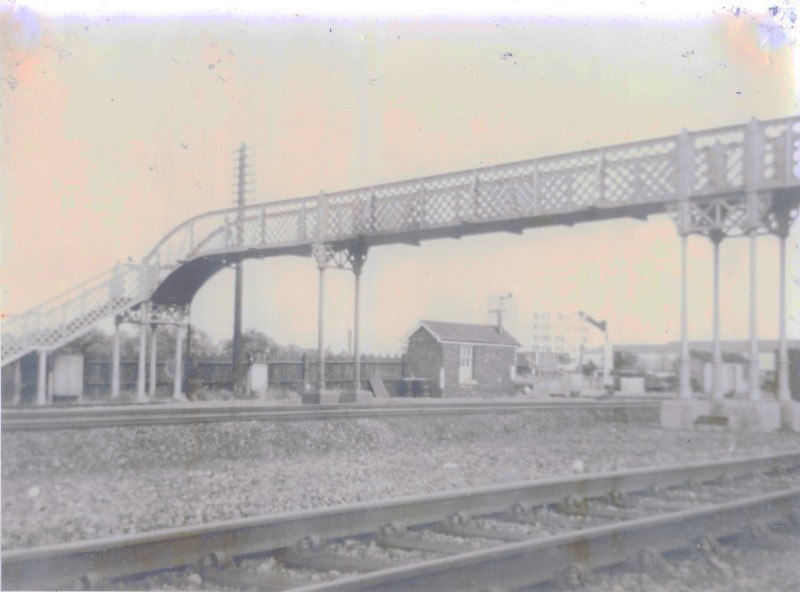
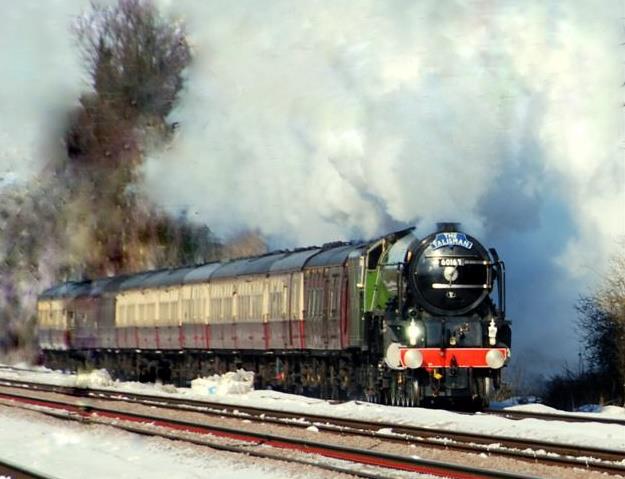

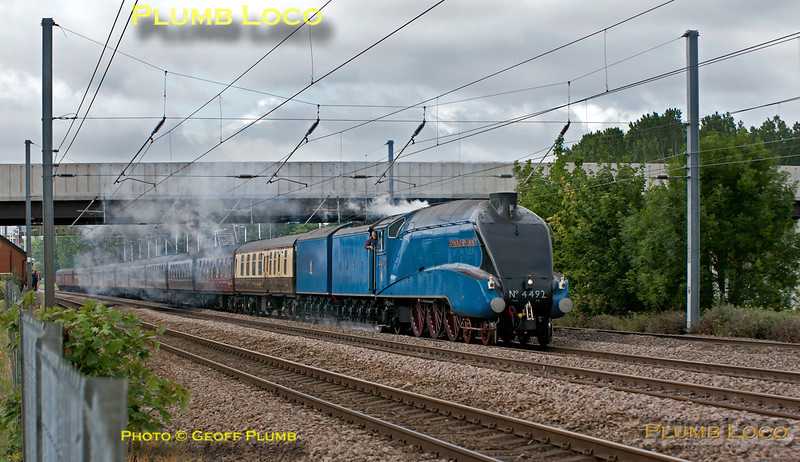
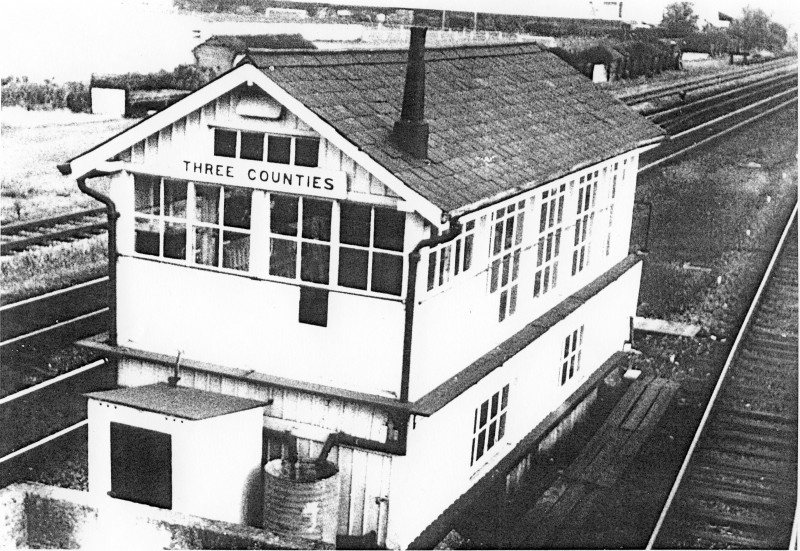
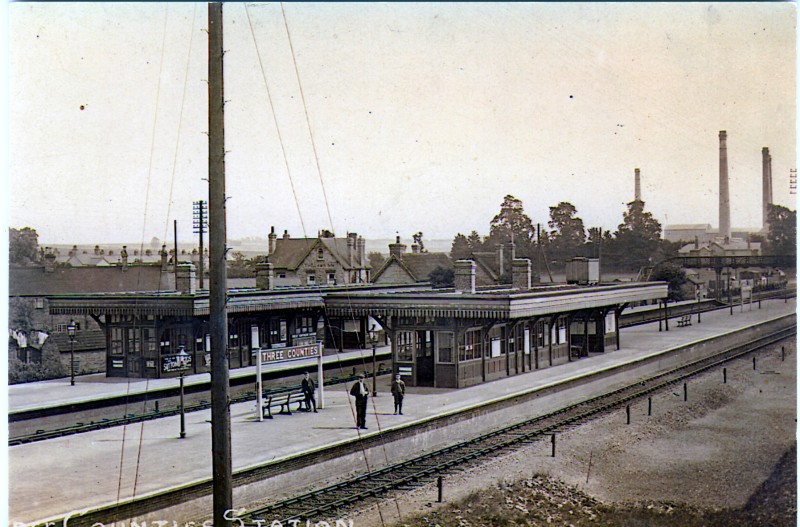
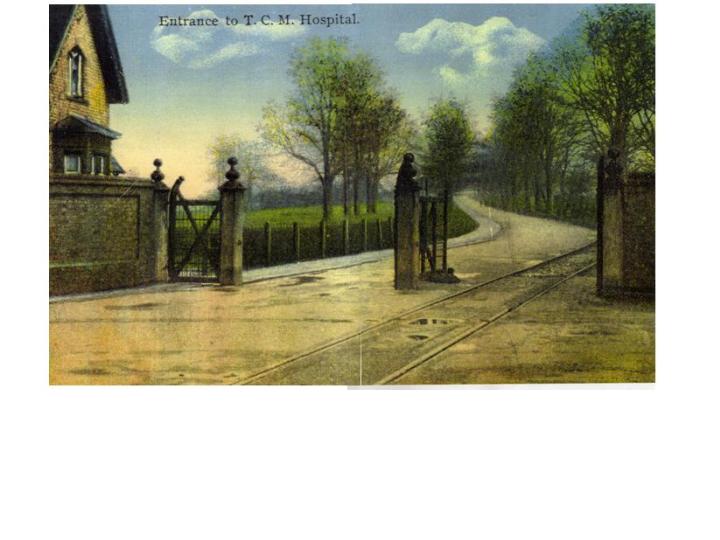
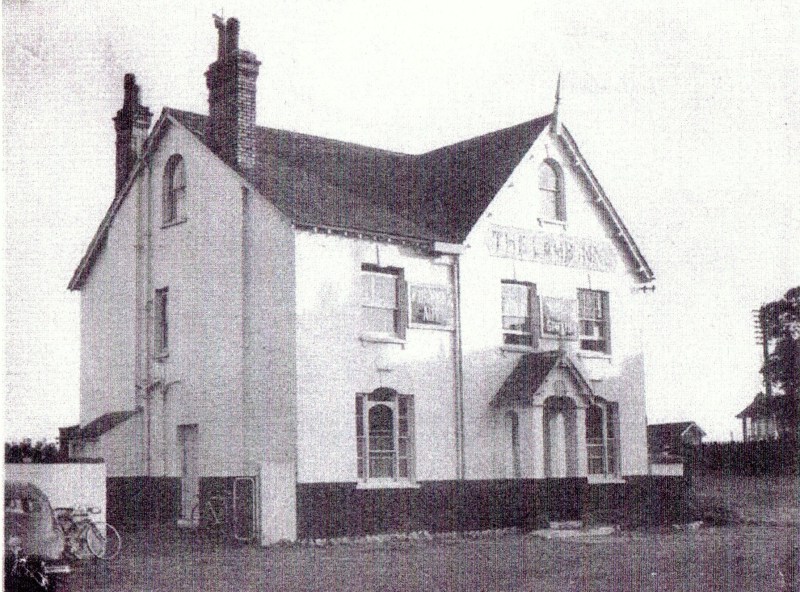
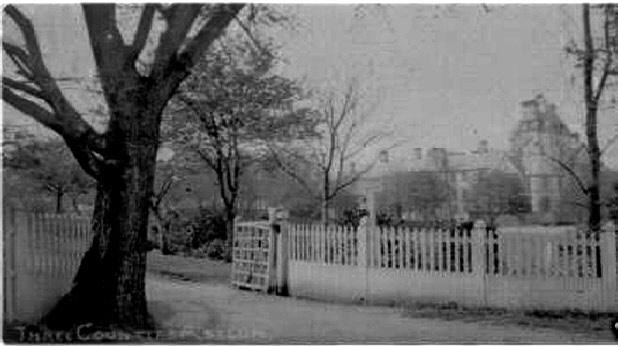
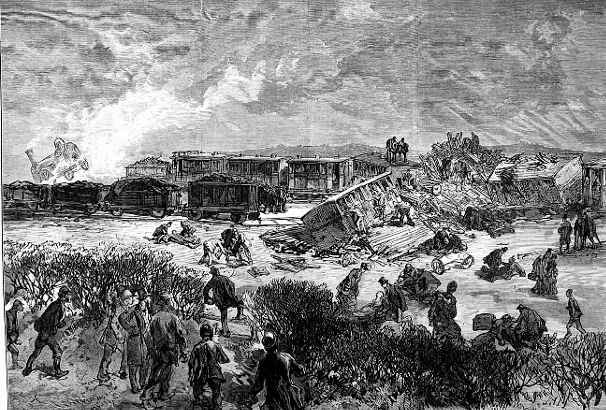
when did it reopen.
LikeLike
Arlesey main station re-opened in Oct 1988.
LikeLike